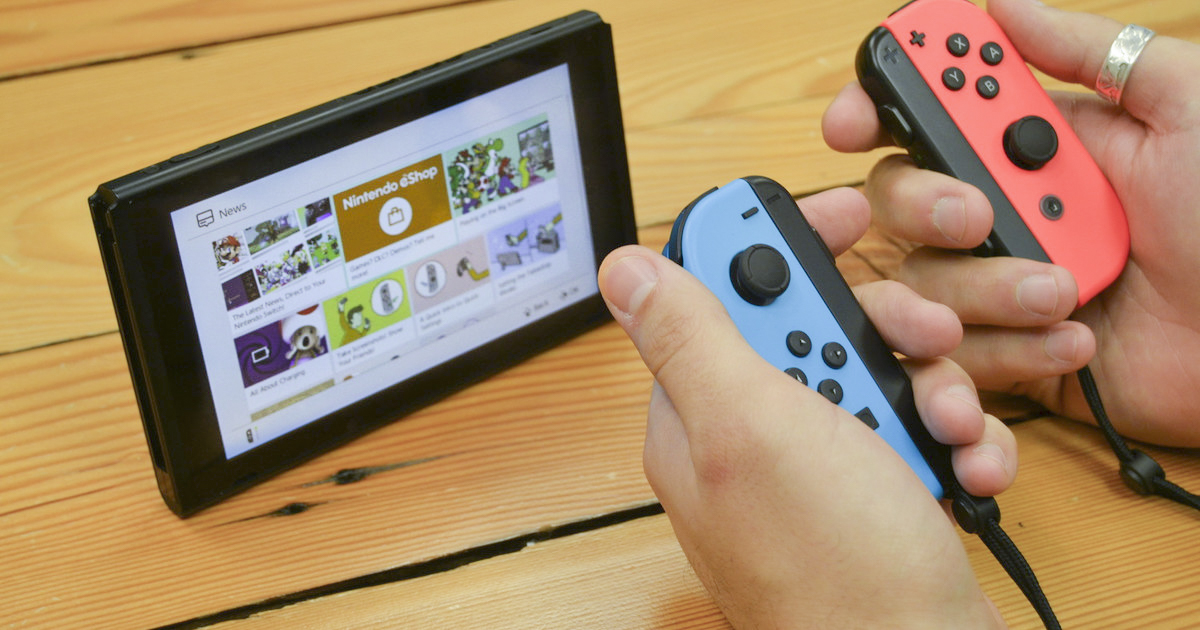Our time with the Oculus Quest left us impressed. Facebook heavily promoted Quest’s features, like its lack of wires and the fact it isn’t powered by an external PC. Mark Zuckerberg, Facebook’s CEO, even said it can deliver performance similar to what the Rift can achieve. We certainly enjoyed the freedom of using a headset that’s built for wireless use from the ground up.
Yet while Facebook and Oculus executives are optimistic about Quest’s potential, those looking to buy the $400 VR headset should heed the warning of CTO John Carmack, who took a more realistic view of what this mobile headset is capable of.
“A big high-end PC can use up to 500 Watts of power,” Carmack explained, noting that the Quest is using approximately 5 watts of power. “There’s almost a factor of 100 difference in total power […]” between the two devices.
While the Rift is as powerful as the PC its attached to, the Quest’s performance is more in line with the last generation of gaming consoles. “Quest is in the neighborhood of a previous-gen console like an Xbox 360 or PS3 in terms of CPU and GPU, and what you can do on it,” Carmack said during his keynote presentation on the second day of Connect.

To overcome the mobile hardware available on the Quest, Oculus engineers are pulling out all the tricks to make sure they’re able to deliver a high level of performance. With Dead and Buried, a large multiplayer game that’s basically VR laser tag, the team removed some GPU strain by pre-baking level lighting.
“On Rift, you might have real time shadows everywhere,” Oculus developer relations engineer Gabor Szauer explained. “On the Quest, we have all the lighting baked into the scene.” The differences between the two lighting techniques aren’t obvious and removing real-time shadow effects reduces the hardware cost of rendering a scene. Other techniques include texture compression and reducing the number of objects in a scene. In total, Szauer said that the games can look “similar enough” to Rift while drastically slashing hardware requirements.
The Oculus Quest’s competitor? Nintendo’s Switch
Though they’ve targeted different types of gaming and different gamers, Oculus feels the device that will compete for gamer’s attention the most is the Nintendo Switch.
“Realistically, we’re going to wind up competing with the Nintendo Switch as a device,” Carmack said. “I don’t think there are that many people that are going to say. ‘I’m not going to buy a PS4, and I’m going to buy a Quest instead.’ I think there are people that are going to say ‘I’m a gamer. I’ve got a brand of choice for the main console. And maybe I got a PC that I play games on. I am going to pick up a Quest as a mobile device.’”

The Quest is also adopting Nintendo’s strategy of making games fun and immersive without focusing on technical specifications. The Nintendo Switch isn’t a device that can compete on a performance perspective against larger living room consoles like the Xbox One and the PlayStation 4, but it’s still a fun experience thanks to its hybrid docked and mobile modes.
“The homerun scenario on this is that we carry over all of the goodness of the Rift experiences, all of the conveniences of Go, and bring it all together,” said Carmack. “Bringing in all of the people that could never use the mobile experiences before, and that could be really great.”


